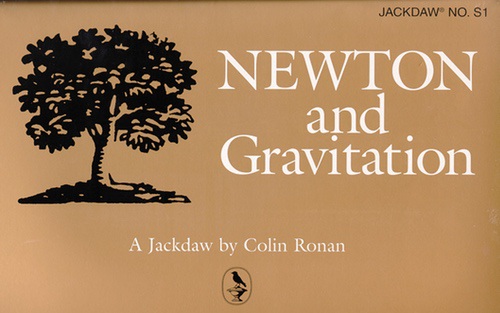
Newton and Gravitation
With the publication of The Principia in 1687, Sir Isaac Newton, an English physicist and mathematician, demonstrated the three laws of motion and the law of universal gravitation. These significant findings provided the foundation upon which the modern science of physics is based. Newton's reputation had already been established by his work in building the first reflecting telescope and by his discovery that white light is composed of many colors. His influence was so profound that it extended beyond science to politics and philosophy and helping to bring about the European Enlightenment and the Industrial Revolution. Modern technology would not be possible without Newton's pioneering discoveries. By working with the documents in this primary source portfolio, your students will gain an understanding of the fundamental concepts and ideas that shaped Newton's life and work. Included in this portfolio are essays, drawings, letters, and sketches of some of his experiments. These materials can be used by students working in interdisciplinary classes or in cooperative learning groups. This portfolio includes a Study Guide with reproducible student activities. 5 Illustrated Broadsheet Essays: * How Do Bodies Move and Fall? * Newton's Synthesis * The Principia * Newton's Influence * Newton the Man 10 Primary Source Documents: * Map of the universe, 1708 * Portrait of Sir Issac Newton * Pages from Newton's account book * Letter from Newton to Edward Halley * Drawing of Newton's first reflecting telescope * Newton's sketch of his prism experiment * Newton's Philosophiae Naturalis Principia Mathematica * Newton's synthesis of the laws of motion * Chart from Fortin's Atlas * Sealed envelope








